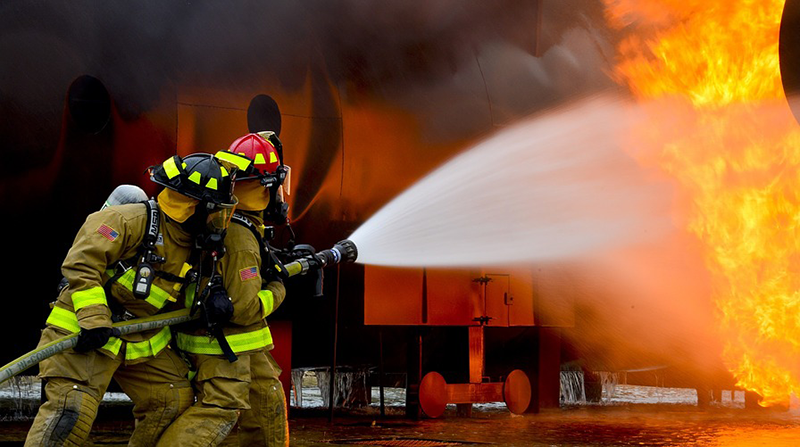Sensors are making practical uses of IoT a reality. Smart sensors are already telling doctors about a patient’s health condition or informing an athlete that he should slow down because of his abnormal heart rate.
The same technology could be used for emergency management system. Smart roads with embedded sensors could tell the first responders about the best rescue route, or heat sensors embedded in buildings could help firefighters track the progression of fires room by room and indicate the safest path to avoid air toxins, reports Rich McKay at IBM blog.
During an emergency, paramedics, police officers and firefighters can put their lives at risk if they divert their attention away from the emergency scene.
“Advances like voice recognition, tone analysis, and gesture recognition are critical,” said Bill Josko, IBM’s GBS Public Safety Practice Leader for the US. “They allow emergency responders to more seamlessly interact with AI through equipment they’re already wearing — microphones, earpieces, and watches — without having to stop and look at a screen or type a response.”

Wearable technologies like these can help firefighters immensely. Sensors embedded into firefighters’ suits could deliver important data during an emergency.
For example, CommandWear, a Vancouver-based company, uses smart wearable and mobile technology to enhance situational awareness. CommandWear’s proprietary software runs on smartphones, desktop PCs, laptops, tablets and smartwatches to collect data and boost communication between the first responders. The platform collects data on responders’ location, status and heart rate, enabling them to remain hands-free while fully connected. Responders can also send photos and videos or in case of an emergency, use a panic button on the smartwatch that sends an alert to the command center.
Related Samsung Delivers First Computer Aided Dispatch Solution with Galaxy Smartwatches
In the future, we’ll see firefighters with smart suits providing real-time monitoring of body heat, oxygen levels, hydration, heart rate, and other vital signs – so central command can see who’s in trouble and prioritize actions, said the IBM report.












